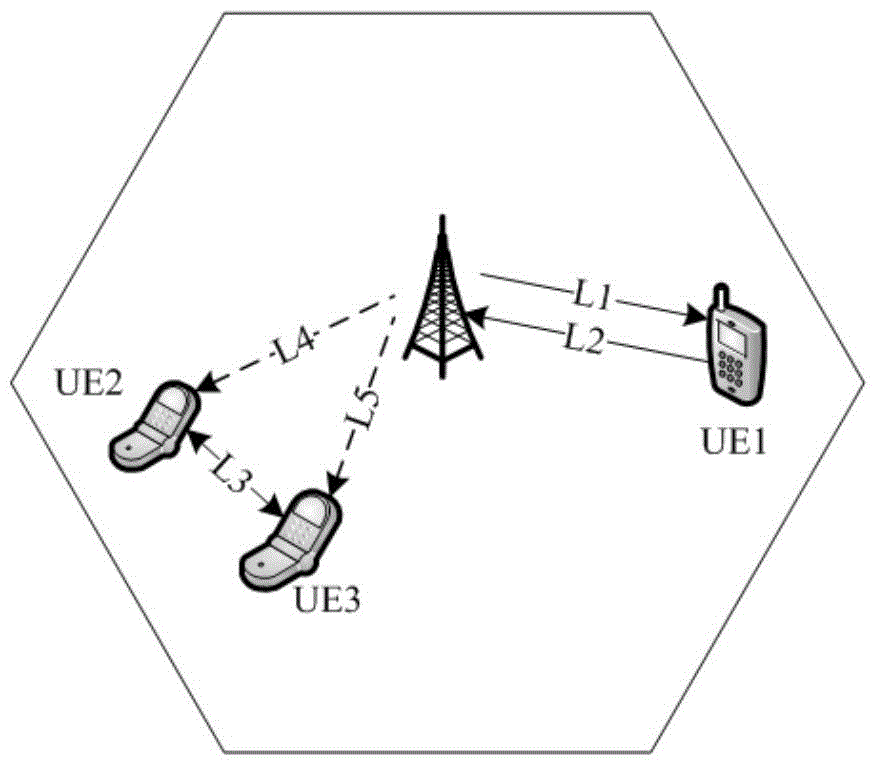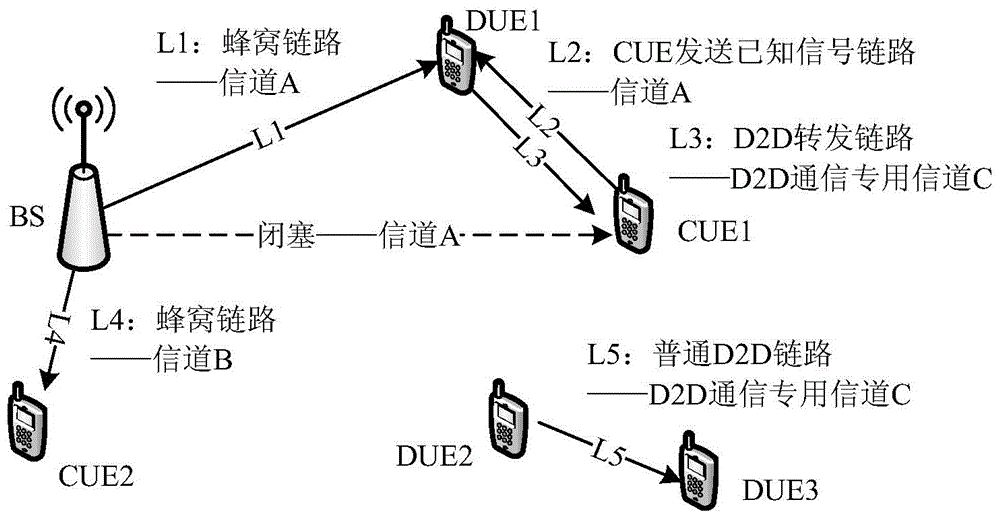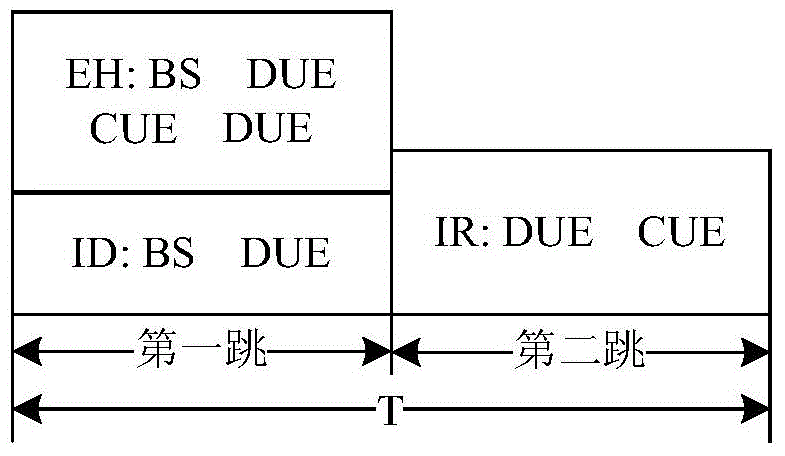D2D (device-to-device) cooperative communication method for harvesting energy in OFDM (orthogonal frequency division multiplexing) cellular network
A technology of energy collection and cooperative communication, which is applied in the field of mobile communication, can solve the problems of low energy collection efficiency and remote energy supply source, and achieve the effects of improving communication quality, stabilizing energy income, and improving efficiency
- Summary
- Abstract
- Description
- Claims
- Application Information
AI Technical Summary
Problems solved by technology
Method used
Image
Examples
Embodiment Construction
[0042] In order to illustrate the present invention more clearly, the present invention will be further described below in conjunction with preferred embodiments and accompanying drawings. Similar parts in the figures are denoted by the same reference numerals. Those skilled in the art should understand that the content specifically described below is illustrative rather than restrictive, and should not limit the protection scope of the present invention.
[0043] For the cellular downlink information transmission system assisted by D2D communication, the energy collection method in the D2D cooperative communication method for energy collection in the OFDM cellular network proposed in this embodiment is based on the idea that idle D2D users acting as relay nodes need to forward The downlink signal from the base station can convert a part of the radio frequency signal from the base station and a part of the radio frequency signal from the cellular user into its own energy as th...
PUM
 Login to View More
Login to View More Abstract
Description
Claims
Application Information
 Login to View More
Login to View More - R&D
- Intellectual Property
- Life Sciences
- Materials
- Tech Scout
- Unparalleled Data Quality
- Higher Quality Content
- 60% Fewer Hallucinations
Browse by: Latest US Patents, China's latest patents, Technical Efficacy Thesaurus, Application Domain, Technology Topic, Popular Technical Reports.
© 2025 PatSnap. All rights reserved.Legal|Privacy policy|Modern Slavery Act Transparency Statement|Sitemap|About US| Contact US: help@patsnap.com



